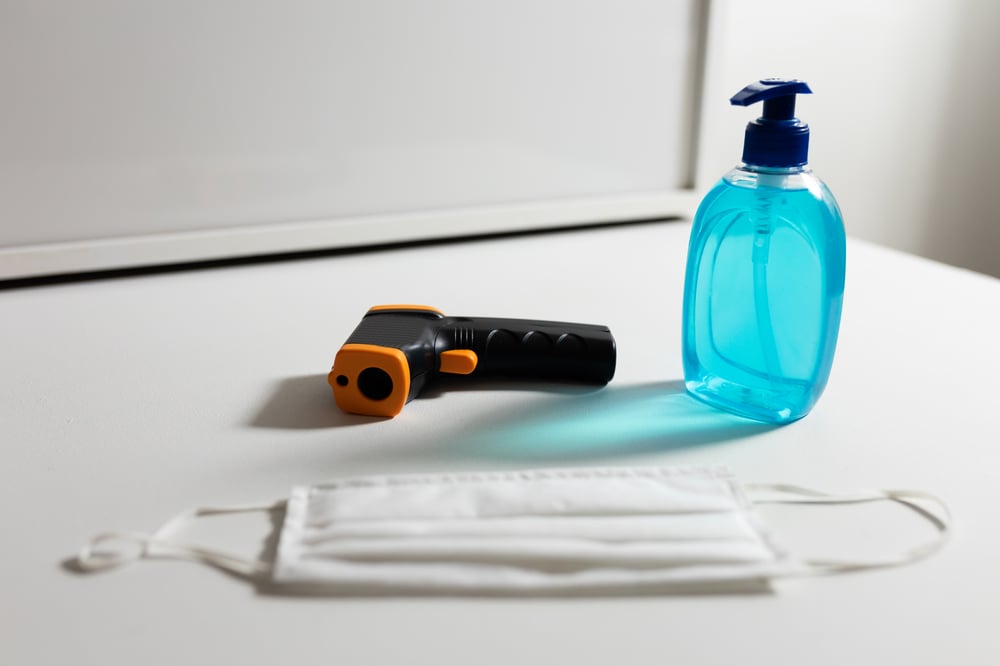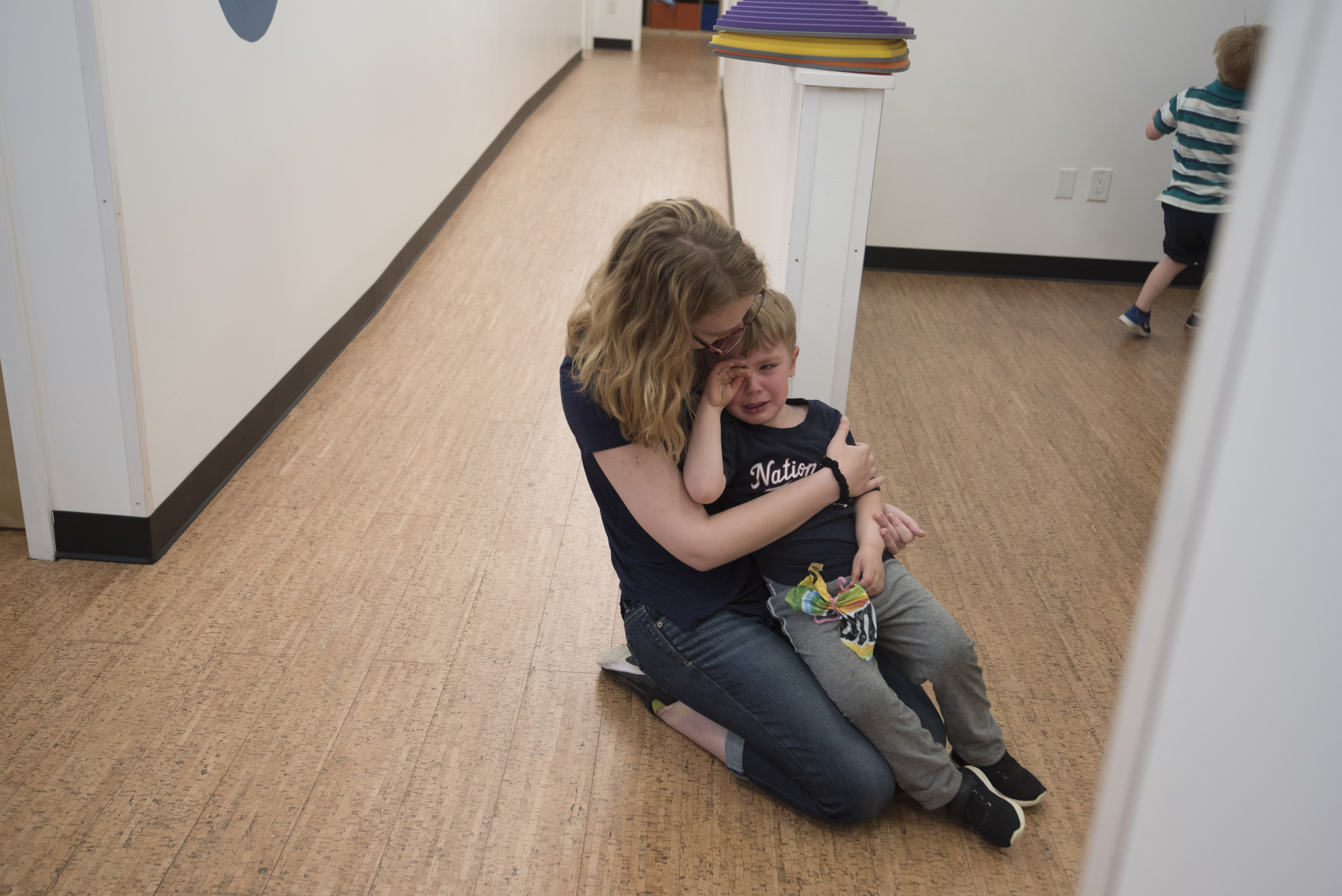
A few months after the COVID-19 pandemic hit the United States, Child Care Aware® of America (CCAoA) surveyed Child Care Resource and Referral (CCR&R) agencies. In response to the survey, 163 CCR&R professionals from 41 states relayed the most pressing concerns they are hearing from child care providers. Locating and purchasing disinfecting supplies and personal protective equipment (PPE) were among the top 5 concerns.
As each week passes, we learn about new facets of COVID-19, the novel SARS-CoV-2 coronavirus that causes it and how it is spread. One thing that has remained constant throughout the pandemic, is the need for disinfecting supplies and PPE and increased vigilance by everyone to protect against exposure. In response, the Centers for Disease Control and Prevention developed guidance for cleaning and disinfecting procedures and recommendations for PPE use in child care settings.
As the COVID-19 pandemic spread initially, disinfecting supplies and PPE (e.g., masks, gloves, foot coverings, smocks/gowns) became increasingly difficult to find on store shelves and through online retailers. The scarcity of these supplies was problematic for child care programs that remained open for children of essential workers and other working parents with a continued need for child care.
How to Access Supplies
Thankfully, disinfectant and PPE supplies are easier to procure now that domestic production has increased to better meet the demand. Nonetheless, COVID-19 surges and regional viral outbreak hotspots still may cause intermittent disruptions to supply chains. And, available supplies may be prioritized for hospitals and first responders. Child care program owners and directors may need to have back up sources of disinfectant and PPE supplies for them to continue with safe operations.
Programs, particularly those located in rural communities, might consider enrolling in subscription services (regularly scheduled, recurring deliveries of certain products) that are available through some retailers. Subscription service users may experience fewer interruptions as retailers prioritize their supply shipments.
Child care system and program professionals also may explore other creative solutions if supplies are inaccessible through traditional retail outlets. One potential out-of-the-box solution is to network with local programs and businesses to obtain supplies needed in child care programs. Refer to Child Care Aware of America’s tip sheet for ideas on local collaborations that may aid in sourcing program supplies.
Large child care centers and franchises may be able to leverage bulk purchases to better ensure continued access to needed supplies in child care programs. Amazon Business, for example, now recognizes and prioritizes COVID-19 supply purchasing access for child care programs. Shared service alliances and CCR&Rs also may be able to broker bulk buys on behalf of smaller child care programs.
How to Pay for Supplies
It can be challenging for child care programs to afford extra program supplies needed to clean, disinfect and protect children, staff and families during COVID-19. Some options to help pay for supplies are starting to become available. For example, the federal government enacted the Coronavirus Aid, Relief, and Economic Security Act (CARES Act). The CARES Act includes emergency funding to assist child care providers. Many CCR&Rs are partnering with state lead Child Care and Development Fund agencies to address supply challenges by administering local supply grant programs made possible through the CARES Act. One example is the HERO Relief Program administered by Child Care Aware of Kansas.
Other short-term local collaborations also may emerge to make no or low cost supply kits available to small businesses, like family child care programs. Check with local Chamber of Commerce organizations or with 2-1-1 providers for program options and eligibility.
How to Connect with Our Team
CCAoA’s Emergency Child Care and Technical Assistance Center™ technical assistance team is ready to engage with you. This new Technical Assistance Center serves:
You may submit a technical assistance request online anytime and a CCAoA team member will follow up with you.
How to Access More Resources
We continue to add resources of interest to system-level leaders, child care providers and policymakers. CCAoA’s website now features:
- A self-serve technical assistance center with a growing collection of articles on topics such as business practices and leadership, emergency preparedness and child care financial support options.
- More webinars that feature examples of how state lead agencies, CCR&Rs and child care programs are responding to COVID-19.
![ECCTAC-Logo[1]-1](https://info.childcareaware.org/hs-fs/hubfs/Rich%20Text%20Pasting/unknown-1595431381223.png?width=299&name=unknown-1595431381223.png)





